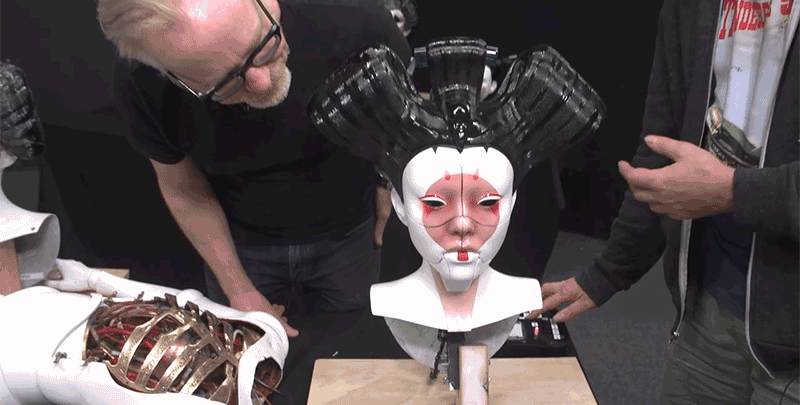For a long time, scientists have claimed that as meteors shoot across the midnight sky, they make a hissing sound as they go. But, for just as long, on the flip side, skeptics claim that any sounds emitted from meteors would not be heard until several minutes after the light waves are observed. However, a new theory suggests a way in which our eyes and ears could perceive and listen to a meteor at almost the same time.
Meteors produce low-frequency radio waves that travel at the speed of light and release significant amounts of energy as they break up into the atmosphere. Some scientists suggest that these radio waves produce the noise emitted from the meteors. Colin Price, an atmospheric scientist at Tel Aviv University in Israel and co-author of the new study, explained, “The conversion from electromagnetic waves to sound waves… is exactly how your radio works. But in this case, nature provides the conversion between electromagnetic waves and acoustic waves.”
But, the fundamental question is this: how do meteors produce low-frequency radio waves in the first place? To try and answer this question, Price and Michael Kelley, a physicist at Cornell University developed a model. They demonstrated how as a meteor travels through the Earth’s atmosphere it ionizes the air and splits it into the light, negatively charged electrons and heavy positively charged ions. The positive ions follow the meteor, whereas the negative electrons are deflected by the Earth’s magnetic field. This separation creates a large electric field that then drives an electrical current, launching radio waves in the process.
Another team presented a different way to explain how meteors make sound earlier this year. Their hypothesis saw the visible light from the meteor heating up materials such as hair and glasses, causing them to vibrate and producing sound waves as a result. However, this theory requires a massive amount of light and only meteors as bright as the moon have enough light to produce such waves. But the new theory does state that all meteors generate radio waves. Just not all of them can be picked up by our ears. More research is sure to continue, as Meers Oppenheim, an astronomer at Boston University, stated, “The devil lies in the details, and no one seems to have truly worked through those.”
Related Links;
- New theory may explain the ‘music of the meteors’ / ScienceMag
- On the electrophonic generation of audio frequency sound by meteors / Agru
- Photoacoustic Sounds from Meteors / Nature.com
More News to Read
- An Iconic Bluetooth Speaker From NIMA
- Modern and Retro Intertwine with Penna – the Retro Bluetooth Keyboard
- Artificial Synapse Developed Directly On-Chip That Learns Autonomously
- Astronomers Discover Massive Galaxy Found Dead, But What Killed it?
- Is the Future of Helicopters in Bell’s New Concept Aircraft?











